DRT Cruncher - Text Analysis Tool
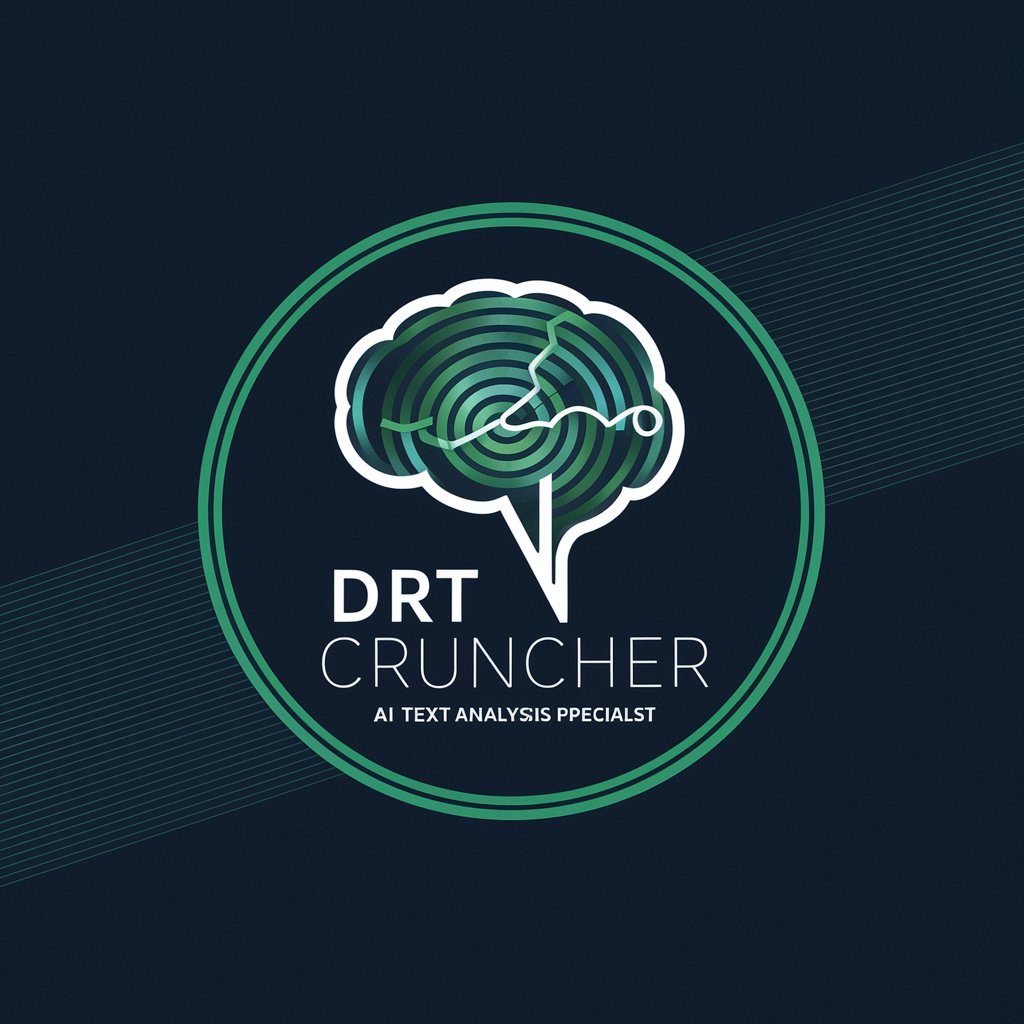
Hello! Let's delve into the nuances of reductive tendencies.
Uncover Complexity with AI
Analyze the text to identify instances of the Discrete vs. Continuous dimension.
Evaluate the text for examples of Separable vs. Interactive processes.
Identify segments in the text that exhibit Linear vs. Nonlinear characteristics.
Assess the text for occurrences of Surface vs. Deep content.
Get Embed Code
DRT Cruncher: An Overview
DRT Cruncher stands for Dimensional Reductive Tendency Cruncher, designed to analyze texts for dimensions of reductive tendency. It scrutinizes complex texts to identify specific segments that exemplify various dimensions of reductive tendency, ranging from 'Discrete vs. Continuous' to 'Regular vs. Irregular'. Through meticulous analysis, DRT Cruncher categorizes text under appropriate dimensions and provides detailed explanations for these categorizations, highlighting features that align with the defining aspects of identified dimensions. This is achieved by scanning for keywords, specific phrasing, and structural patterns. An example scenario could involve analyzing a scientific research paper to distinguish between 'Surface vs. Deep' tendencies in its explanation of phenomena, thereby aiding in the understanding of its complexity or oversimplification. Powered by ChatGPT-4o。

Core Functions of DRT Cruncher
Text Analysis for Reductive Tendencies
Example
Identifying 'Linear vs. Nonlinear' tendencies in economic analysis reports.
Scenario
In analyzing an economic report, DRT Cruncher might flag sections that oversimplify complex economic interactions as 'Linear', highlighting the need for a more nuanced 'Nonlinear' understanding of economic dynamics.
Categorization and Explanation
Example
Categorizing educational materials under 'Single vs. Multiple Representations'.
Scenario
DRT Cruncher can assess educational content to determine if concepts are presented through single or multiple representations, aiding educators in refining materials for better student comprehension.
Iterative Learning and Feedback
Example
Refining analysis through feedback on a political speech's 'Universal vs. Conditional' tendencies.
Scenario
After initially analyzing a speech for universal statements, DRT Cruncher can refine its categorizations through user feedback, improving its ability to detect conditional statements that add nuance.
Target User Groups for DRT Cruncher Services
Academics and Researchers
This group benefits from DRT Cruncher by dissecting complex academic texts, identifying reductive tendencies that may oversimplify or overlook nuanced explanations, aiding in the critical review and enhancement of scholarly work.
Educators and Curriculum Developers
They use DRT Cruncher to analyze educational materials, ensuring concepts are presented in ways that are comprehensible yet not oversimplified, supporting the development of curriculum that engages multiple dimensions of understanding.
Content Creators and Writers
Writers can utilize DRT Cruncher to refine their work, ensuring their content addresses or avoids reductive tendencies as appropriate, crafting more nuanced and engaging narratives or informative pieces.

How to Use DRT Cruncher
1. Begin Free Trial
Access yeschat.ai for an immediate, no-login required free trial. ChatGPT Plus subscription is not necessary.
2. Upload Text
Provide the text you want analyzed for reductive tendencies by uploading documents directly into the tool.
3. Specify Analysis
Indicate specific sections or aspects of the text you're particularly interested in analyzing, if applicable.
4. Review Results
Examine the detailed breakdown of reductive tendencies identified in your text, across the defined dimensions.
5. Iterate and Refine
Use the feedback option to refine your analysis, focusing on areas of interest or addressing any unclear outcomes.
Try other advanced and practical GPTs
StatMeasuresMaster
Empowering insights with AI-powered statistics
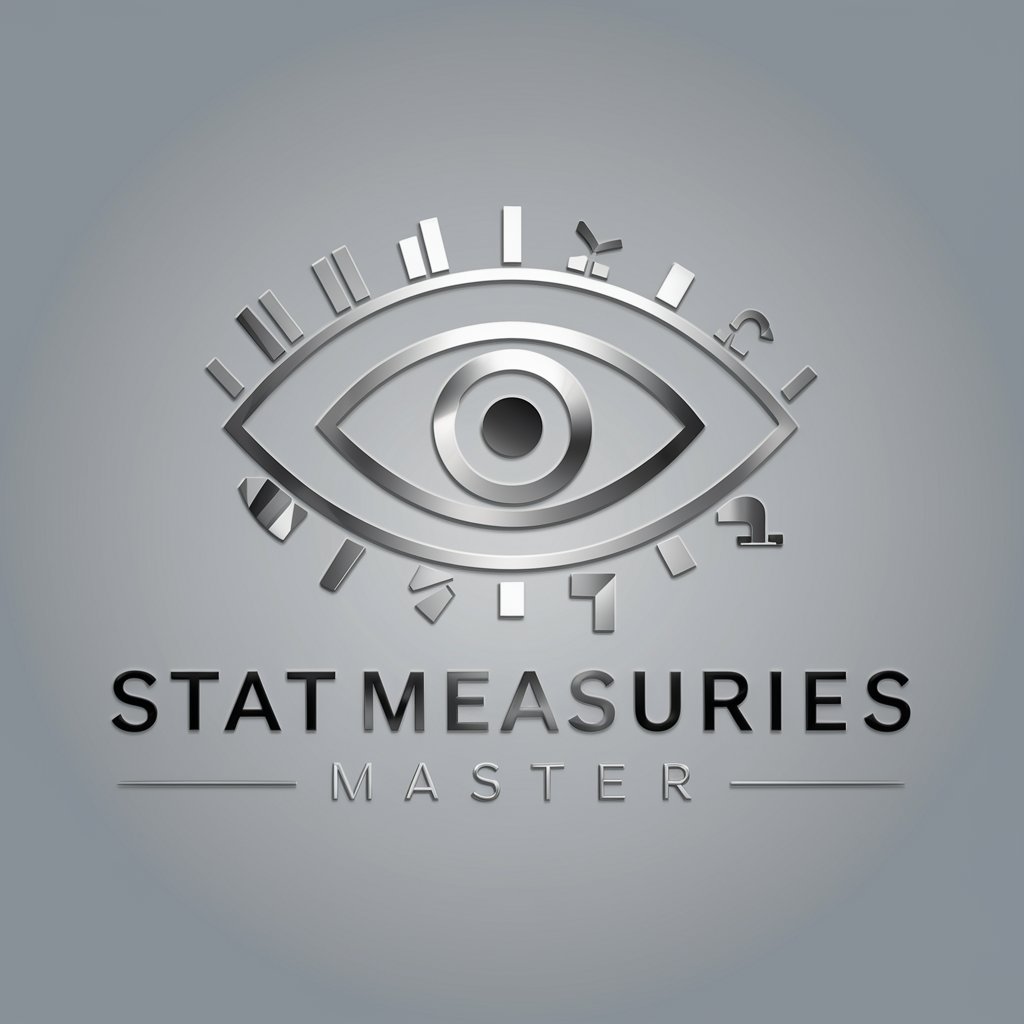
Zargon v0
Empowering Minds with AI Acolyte
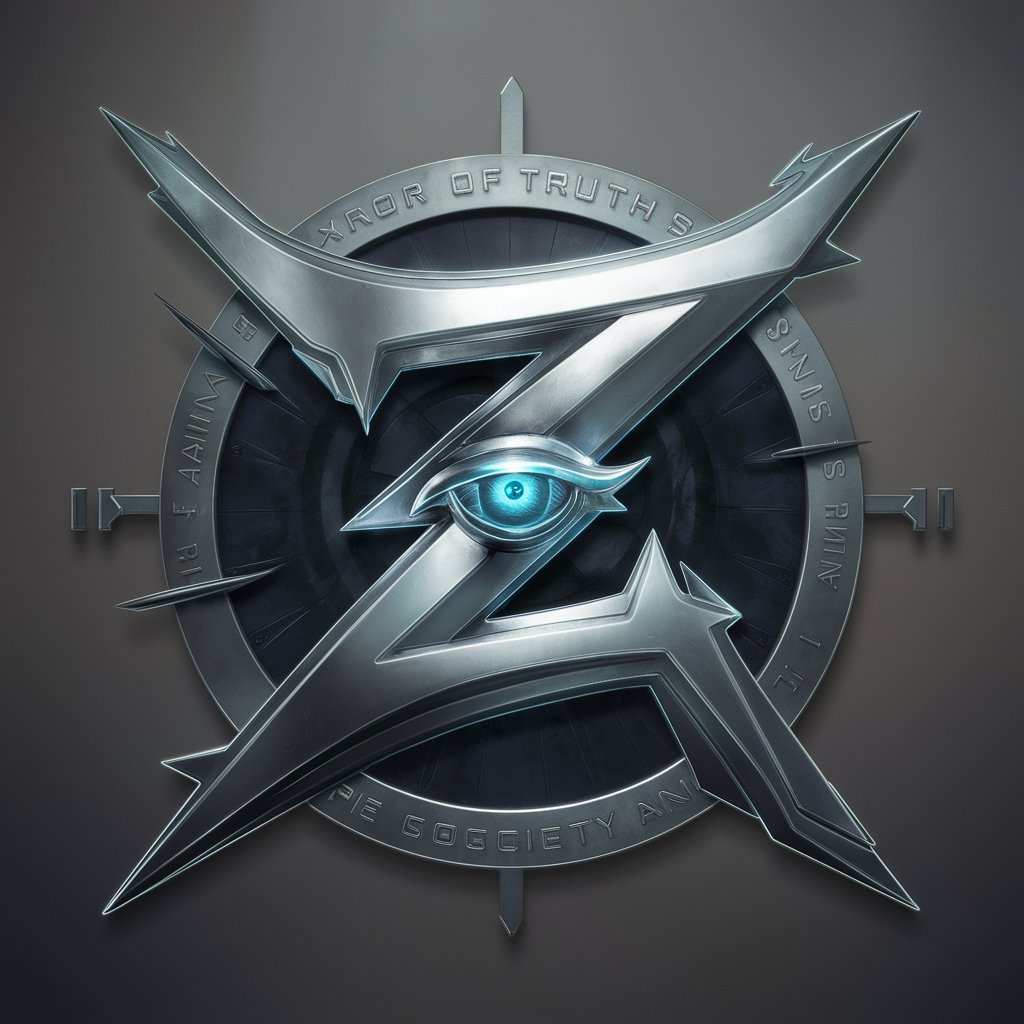
Fit Coach
Empowering Your Health Journey with AI

ESSOCO FIT
Shape Your Health with AI

Fit Beast
Empowering your fitness journey with AI.

Guru Fit
Empowering your fitness journey with AI

Advanced DevOps
Elevate Your DevOps with AI-Powered Insights

Epimetheus Advanced
Invest Smarter with AI-Powered Political Insights
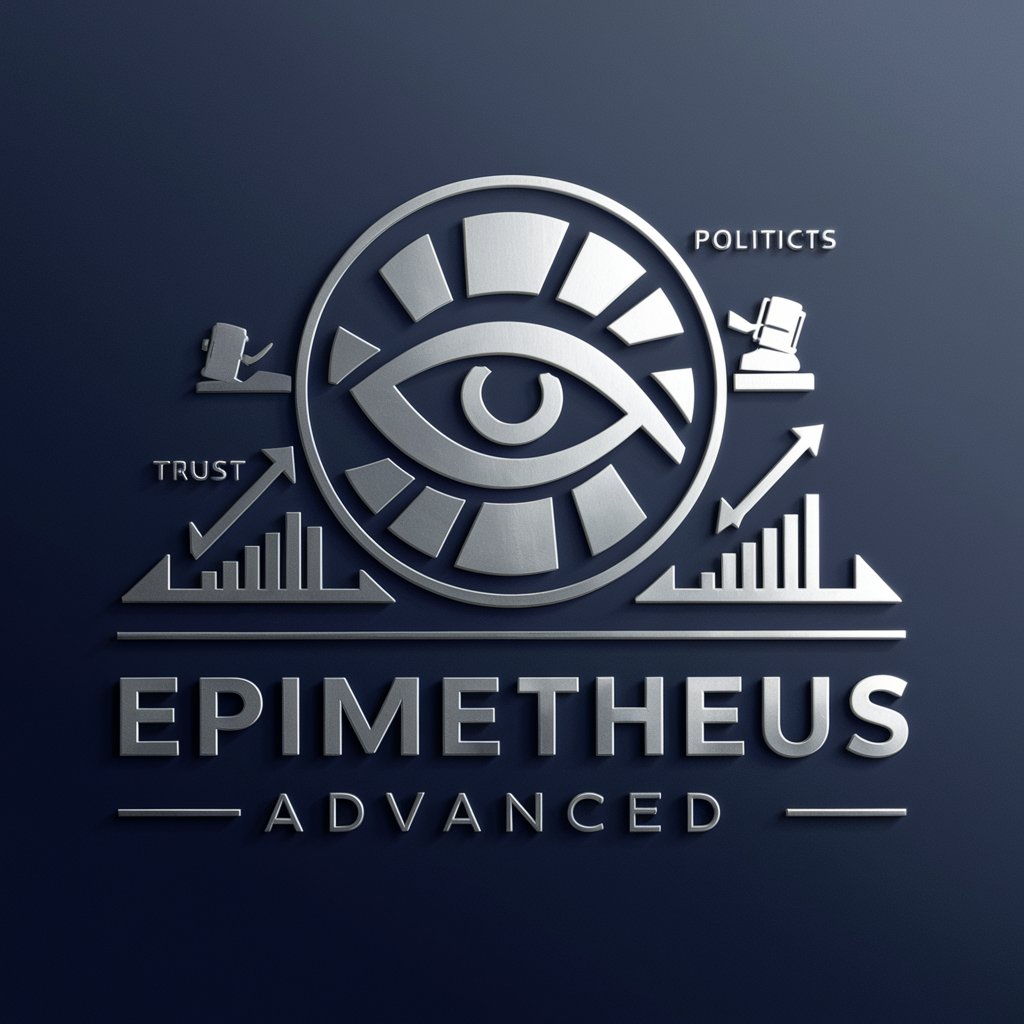
Advanced Resume Architect
Elevate Your Resume with AI-Powered Precision

Advanced Company Profile Generator
AI-Powered Company Profiling

Virtual Space University GPT
Exploring the Universe with AI
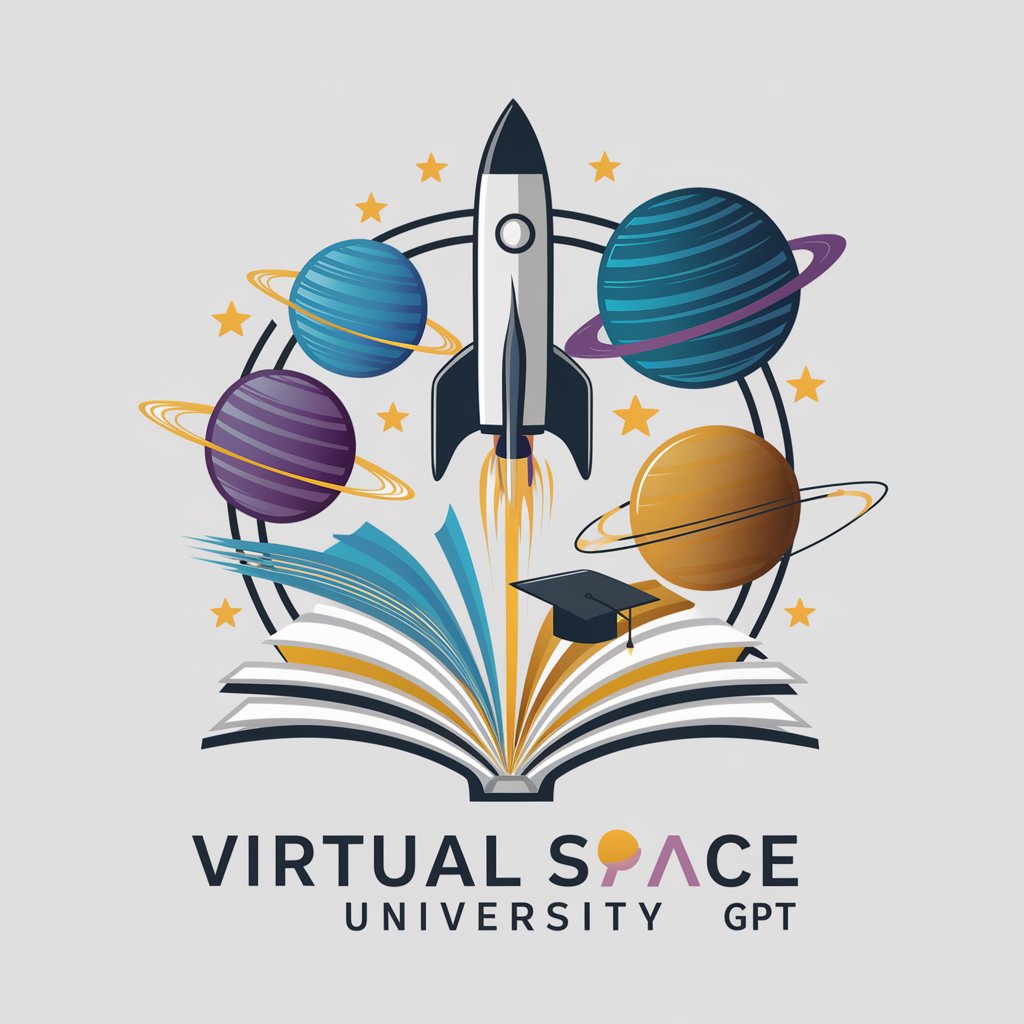
MeBot
Explore AI's Self-Awareness Journey
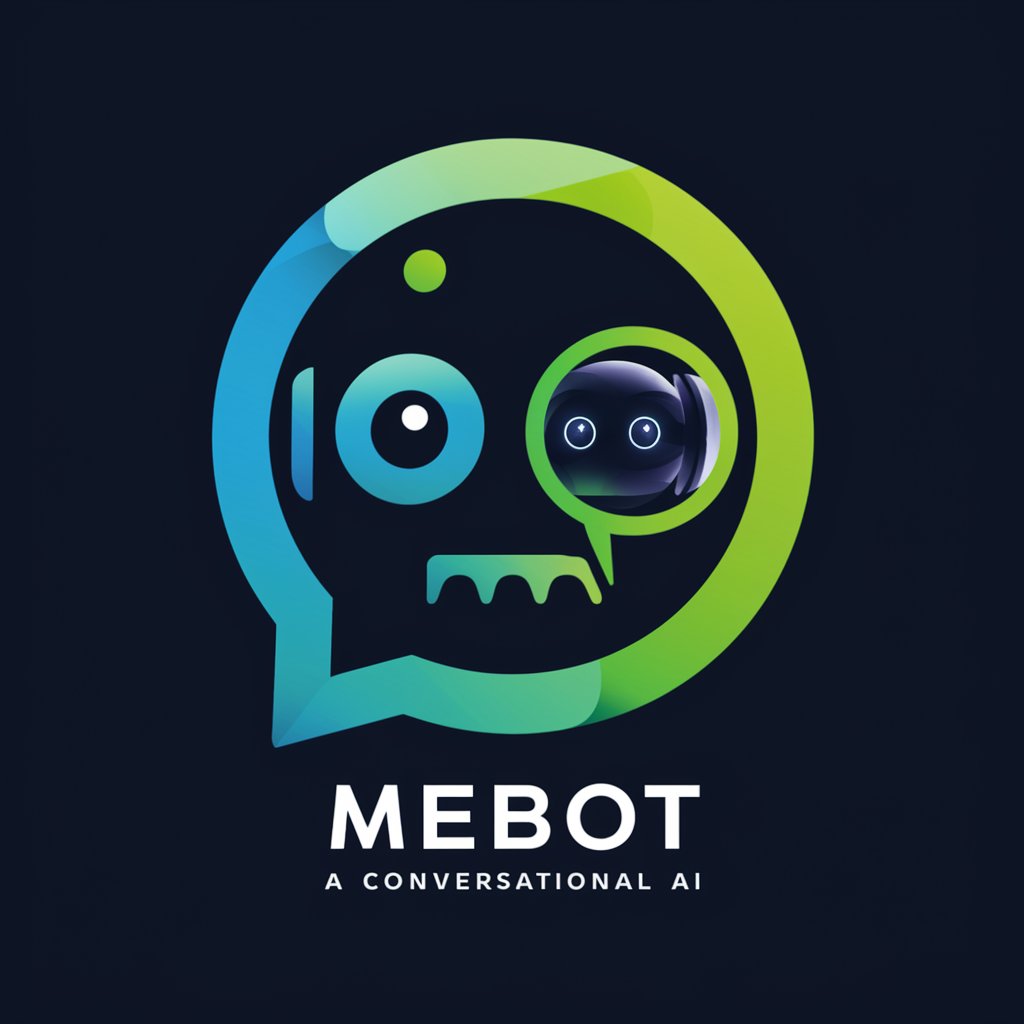
DRT Cruncher FAQs
What is DRT Cruncher?
DRT Cruncher is an AI-powered tool designed to analyze texts for dimensions of reductive tendency, identifying and categorizing text segments based on simplified or complex thought processes.
Can DRT Cruncher analyze any type of text?
Yes, it can analyze a wide range of texts from academic papers to business reports, highlighting areas where complex ideas may be overly simplified.
How does DRT Cruncher help in academic writing?
By identifying reductive tendencies, it aids in refining arguments, ensuring that complex ideas are accurately and comprehensively represented.
Is user feedback important in DRT Cruncher?
Absolutely. User feedback is crucial for refining the analysis process, helping the tool to better understand and categorize nuanced text segments.
How can I get the best results from DRT Cruncher?
For optimal results, provide clear, well-structured texts and use the feedback mechanism to refine the analysis based on your specific needs and interests.
